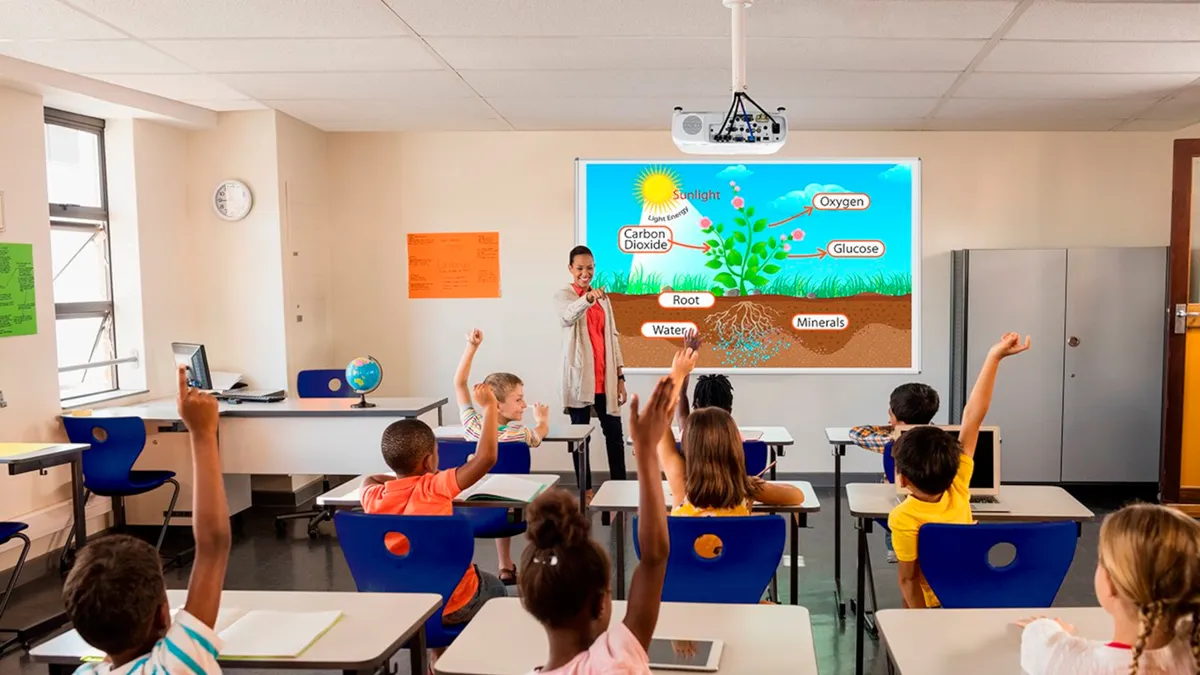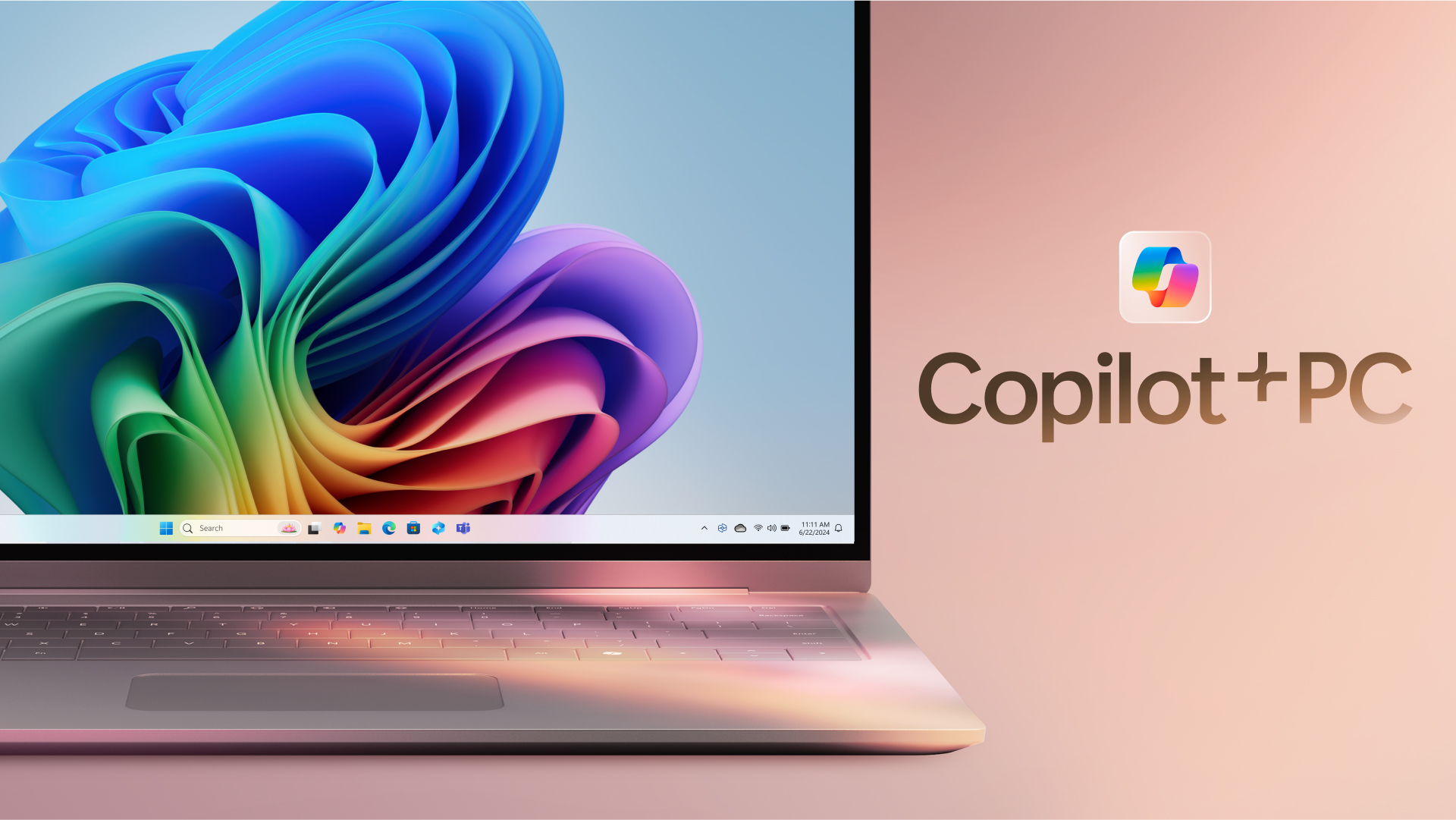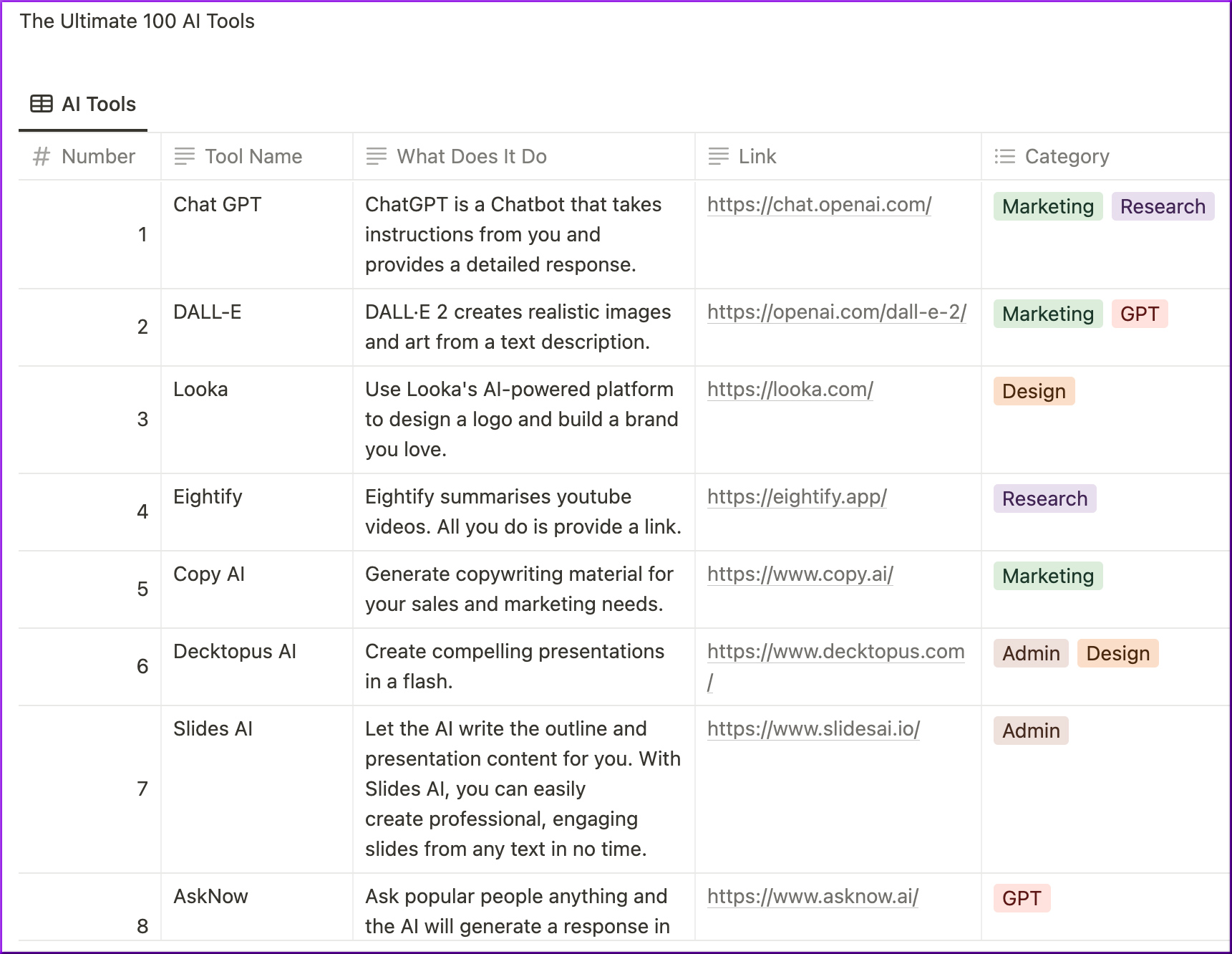Gemini makes your mobile device a powerful AI assistant — from blog.google
Gemini Live is available today to Advanced subscribers, along with conversational overlay on Android and even more connected apps.
Rolling out today: Gemini Live <– Google swoops in before OpenAI can get their Voice Mode out there
Gemini Live is a mobile conversational experience that lets you have free-flowing conversations with Gemini. Want to brainstorm potential jobs that are well-suited to your skillset or degree? Go Live with Gemini and ask about them. You can even interrupt mid-response to dive deeper on a particular point, or pause a conversation and come back to it later. It’s like having a sidekick in your pocket who you can chat with about new ideas or practice with for an important conversation.
Gemini Live is also available hands-free: You can keep talking with the Gemini app in the background or when your phone is locked, so you can carry on your conversation on the go, just like you might on a regular phone call. Gemini Live begins rolling out today in English to our Gemini Advanced subscribers on Android phones, and in the coming weeks will expand to iOS and more languages.
To make speaking to Gemini feel even more natural, we’re introducing 10 new voices to choose from, so you can pick the tone and style that works best for you.
.
Per the Rundown AI:
Why it matters: Real-time voice is slowly shifting AI from a tool we text/prompt with, to an intelligence that we collaborate, learn, consult, and grow with. As the world’s anticipation for OpenAI’s unreleased products grows, Google has swooped in to steal the spotlight as the first to lead widespread advanced AI voice rollouts.
Beyond Social Media: Schmidt Predicts AI’s Earth-Shaking Impact— from wallstreetpit.com
The next wave of AI is coming, and if Schmidt is correct, it will reshape our world in ways we are only beginning to imagine.
In a recent Q&A session at Stanford, Eric Schmidt, former CEO and Chairman of search giant Google, offered a compelling vision of the near future in artificial intelligence. His predictions, both exciting and sobering, paint a picture of a world on the brink of a technological revolution that could dwarf the impact of social media.
Schmidt highlighted three key advancements that he believes will converge to create this transformative wave: very large context windows, agents, and text-to-action capabilities. These developments, according to Schmidt, are not just incremental improvements but game-changers that could reshape our interaction with technology and the world at large.
.
The rise of multimodal AI agents— from 11onze.cat
Technology companies are investing large amounts of money in creating new multimodal artificial intelligence models and algorithms that can learn, reason and make decisions autonomously after collecting and analysing data.
The future of multimodal agents
In practical terms, a multimodal AI agent can, for example, analyse a text while processing an image, spoken language, or an audio clip to give a more complete and accurate response, both through voice and text. This opens up new possibilities in various fields: from education and healthcare to e-commerce and customer service.
AI Change Management: 41 Tactics to Use (August 2024)— from flexos.work by Daan van Rossum
Future-proof companies are investing in driving AI adoption, but many don’t know where to start. The experts recommend these 41 tips for AI change management.
As Matt Kropp told me in our interview, BCG has a 10-20-70 rule for AI at work:
- 10% is the LLM or algorithm
- 20% is the software layer around it (like ChatGPT)
- 70% is the human factor
This 70% is exactly why change management is key in driving AI adoption.
But where do you start?
As I coach leaders at companies like Apple, Toyota, Amazon, L’Oréal, and Gartner in our Lead with AI program, I know that’s the question on everyone’s minds.
I don’t believe in gatekeeping this information, so here are 41 principles and tactics I share with our community members looking for winning AI change management principles.











